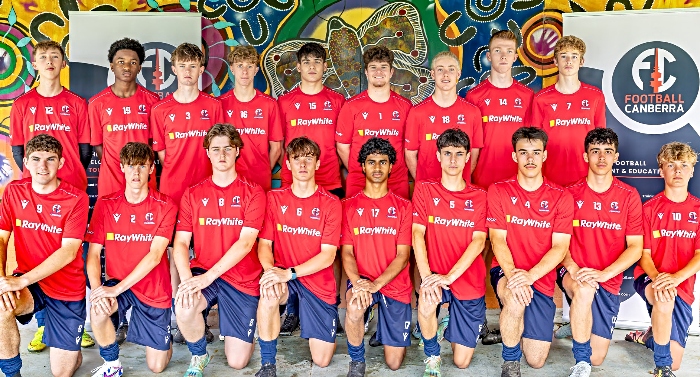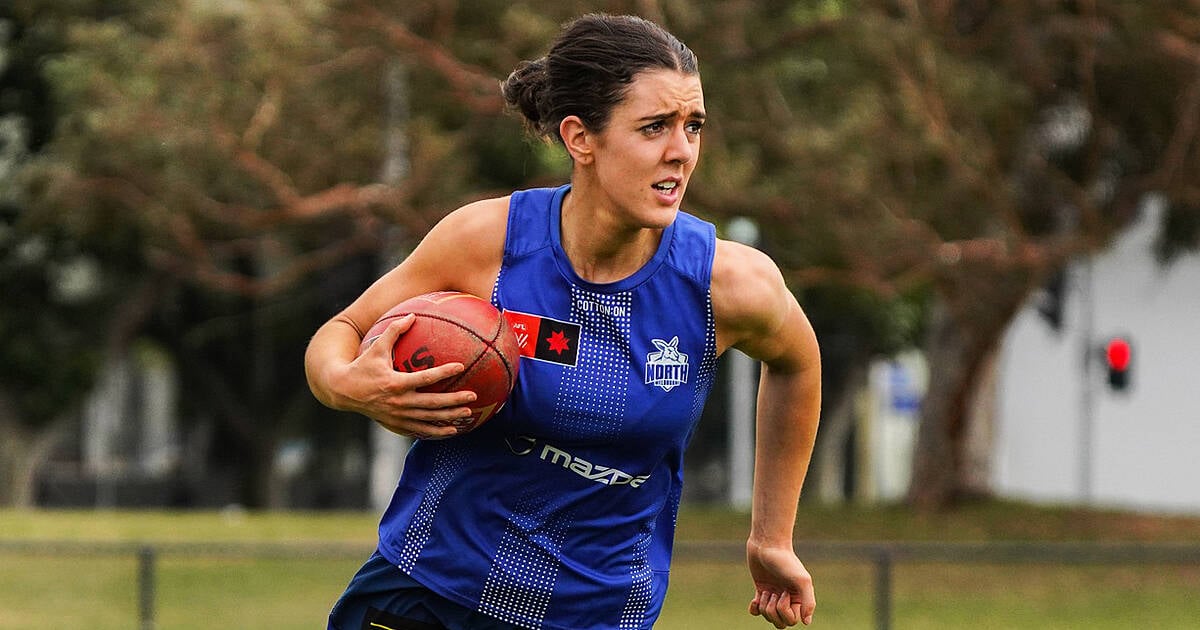The members of the 400 club share many traits, but where does Scott Pendlebury rank among them?

- by Admin
- August 2, 2024

Richmond icon Kevin Bartlett.Credit: Justin McManus
Burgoyne can laugh now but once, after a post-season operation, he ate only bananas for three weeks so he didn’t put on weight while recovering on the couch. He uses the slang phrase “a bit coo-coo” to describe his mindset.
Bartlett drank cups of tea and ate fish and chips on Friday nights, before becoming the first player to reach football’s Everest in 1983, aged 36, a mere 57 days younger than Pendlebury will be when he plays his 400th. Overthinking things is not Bartlett’s way.
All six are as lean now as they were in their prime, and their words were light-on for hubris too.
“Boomer” Harvey put his longevity down to hard work, good genes and a bit of luck.
“I always tried to be the best trainer, a little bit different to the load management now. I hated missing training, so I was always out there trying to train,” Harvey said.
Fletcher is potentially the odd one out, a key defender who made his debut aged 17 and was still playing at 40, one of just two players in the game’s history to play into their fifth decade. Never one for a fuss, he slipped out as soon as the photo was over.
None of the six were weighed down by the imagined burdens of playing the game, not even Fletcher, despite playing at full-back in an era containing Jason Dunstall, Tony Lockett and Gary Ablett snr.
That Fletcher managed to go on 21 footy trips in his 23 seasons at the club shows either his light sense of humour or a delayed need to calm his nerves.
“It was Vegas, Vegas, Vegas for the last five. I learnt a bit on those ones, I can tell you,” Fletcher told Mason Cox on a podcast last year.
Not the sort of lessons we imagine help players reach 400 games, with Burgoyne saying the main reason players reach the milestone is their “professionalism”.
Burgoyne also cited adaptability and the faith of the match committee. There wasn’t a position – apart from the ruck – Burgoyne didn’t play.
“You need a footy club and a coaching group and a footy subcommittee that believe in you as a player and a person,” Burgoyne said.
Bartlett went from being a rover to a goalkicking half-forward, snaring 84 goals in 1980, including 21 in that year’s three finals. He was 33 that season and kicked 58 goals in 1981, and again in 1982. Tuck moved from being a ruck-rover to an elite half-back flanker in his twilight years, playing in a flag in his last match.
Harvey just kept kicking goals as a midfielder-forward, finishing 15 seasons with between 23 and 36 goals to his name. He never kicked more than 36 goals in a season, managing that tally for the second time in his final season in 2016.
“I had the same routine for a long period of time,” Harvey said.
Pendlebury has flirted with half-back, and tagged once, but always found himself back in the middle, influencing the game’s tempo like a jazz bandleader controls a sound.

Scott Pendlebury with his wife Alex, son Jax and daughter Darcy ahead of his 400th game on Saturday night.Credit: Simon Schluter
Fletcher won a flag aged 18 in 1993 and was club best and fairest in a premiership year in 2000. Bartlett won three of his five best and fairests in premiership years, with each of the six 400-gamers premiership players but none of them Brownlow medallists.
The two mighty Hawks, Tuck and Burgoyne (who also played in a premiership with Port Adelaide), played in 11 flags between them. Tuck, 70, puts that down to “a bit of luck, being in the right place at the right time”. Maybe, but it also worked in reverse, with neither wining best and fairests. Tuck was runner-up seven times.
Eighteen years and 61 days will have passed between Pendlebury’s debut in round 10, 2006 and his 400th match on Saturday night. Of the 400 club, that’s the shortest span from start to milestone.
In that time, his ability to escape congestion like a ghost might move through walls changed what people thought possible on a football field.
“I just try to never be rushed in my disposal,” he said way back in 2009.
How the six rank as players is a tough question.
Bartlett is an Australian Football Hall of Fame Legend. He is numero uno.
Pendlebury is clearly the second-best player in the 400 crew.
Ahead, by my estimation, of Tuck, Burgoyne, Harvey and Fletcher in that order.
The Collingwood great’s honour board is staggering.
Five times a club best and fairest, he has only finished outside the top three in the award three times, finishing sixth in 2009 and 2017 (despite missing the final six matches), and fifth in 2023.
He has polled more Brownlow votes than any other player who has not won the medal (221 votes). He finished equal third in the medal count in 2011 and polled at least 13 votes per year for 12 consecutive seasons.
An All-Australian six times and named in the squad in 11 years, second only to Lance Franklin, he captained the Magpies a club-record 206 times.
Nerveless, he has played in front of more than 20 million people – the only player to have played more than 200 games in front of crowds of 50,000 or more. Along with Harvey and Tuck, he kicked a goal with his first kick. He’s fifth on all-time Brownlow votes and has the most votes of any player who hasn’t won the medal.
The records keep rolling. Disposals, coaches votes, kicks and, believe it or not, tackles. He’s played 100 times on Friday nights. He’s played in a draw, two premierships, and two losing grand finals. Only the pigeon he left with a headache after bouncing the ball on his scone in the middle of the MCG could complain.
That’s, as Burgoyne said, greatness – regardless of what the Magpie star says.
“It doesn’t sit comfortably with me sitting up there with those guys,” Pendlebury said.
Keep up to date with the best AFL coverage in the country. Sign up for the Real Footy newsletter.
The Latest News
-
December 27, 2024Molineux knee surgery blow for Australia ahead of women’s Ashes
-
December 27, 2024Sophie Molineux set for surgery as Australia unveils Ashes squad for white-ball matches
-
December 27, 2024Live: Australia hunting wickets to cement advantage on day three at the MCG
-
December 27, 2024Warning as an iconic Australian animal could soon face extinction
-
December 27, 2024Molineux faces surgery as Aussies reveal Ashes squad | cricket.com.au





